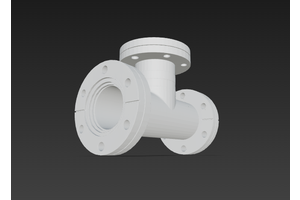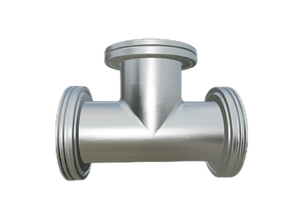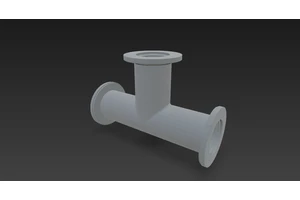Key Considerations for Selecting a Vacuum Pump
When selecting a vacuum pump for industrial or scientific applications, it is critical to evaluate various technical, environmental, and economic factors. Below are essential guidelines to ensure optimal performance and compatibility with your specific requirements:
1. Vibration and Environmental Impact
- Vibration Sensitivity: Assess whether the pump’s vibrations could interfere with the process or surrounding environment. If the application requires minimal vibration (e.g., precision manufacturing or laboratory settings), opt for oil-free or low-vibration pumps. Anti-vibration mounts or isolation systems can mitigate this issue in other cases.
2. Gas Composition Analysis
- Gas Type and Properties: Identify the composition of the gas being extracted. Key factors include:
- Condensable Vapors: Gases like water vapor may require condensers to prevent clogging or damage.
- Particulate Matter: Dust or granular particles necessitate pre-filtration systems (e.g., dust collectors) to protect the pump.
- Corrosive Gases: For acidic or alkaline environments, choose pumps with corrosion-resistant materials (e.g., stainless steel or chemical coatings).
- Auxiliary Equipment: Install cold traps, filters, or scrubbers at the pump inlet to handle complex gas mixtures effectively.
3. Gas Flow Capacity
- Exhaust Efficiency: Ensure the pump can expel all gases generated during the process. Calculate the required flow rate (measured in L/s or m³/h) based on the system’s volume and desired evacuation time. A mismatch here can lead to prolonged processing or inadequate vacuum levels.
4. Pump Combination and Compatibility
- Hybrid Systems: Single pumps may not meet specialized needs due to selective gas extraction capabilities. For example:
- Titanium Sublimation Pumps excel at hydrogen but cannot handle helium.
- Triode Sputter Ion Pumps are effective for argon but less so for other gases.
Combining these pumps creates a more versatile solution.
- Pre-Vacuum and Backing Pumps: Some high-vacuum pumps (e.g., turbomolecular pumps) require a pre-vacuum stage, while others need a backing pump to operate below atmospheric pressure.
5. Oil Contamination Requirements
- Oil-Free vs. Oil-Sealed Pumps:
- Strict Cleanliness: Applications like semiconductor manufacturing or food processing demand oil-free pumps (e.g., water ring pumps, dry screw pumps, or cryopumps).
- Tolerant Environments: For less stringent requirements, oil-sealed pumps can be used with anti-contamination measures (e.g., cold traps, oil separators).
6. Operating Pressure Range
- Optimal Work Point: Each pump has a defined pressure range for stable operation. Avoid prolonged use outside this range. For instance, a pump rated for 760–25 mmHg should not operate continuously at 25–30 mmHg to prevent overheating or mechanical stress.
7. Environmental Impact of Oil Vapor
- Emissions Control: If oil vapor (smoke or odors) is a concern in the workspace, choose oil-free pumps or install ventilation systems to exhaust oil vapors outdoors.
8. Vacuum Level and System Requirements
- Matching Vacuum Levels: The pump’s ultimate vacuum must exceed the process requirement by at least one order of magnitude. For example, a process requiring 10 mmHg should use a pump with a limit of ≤1 mmHg. This ensures reliability under varying conditions.
9. Cost and Maintenance
- Total Cost of Ownership: Compare initial purchase price, energy consumption, and maintenance costs. High-efficiency pumps (e.g., dry screw or scroll pumps) may have higher upfront costs but reduce long-term expenses through lower energy use and fewer repairs.
Conclusion
Selecting the right vacuum pump involves balancing technical specifications, environmental constraints, and economic factors. By addressing gas composition, vibration sensitivity, vacuum level requirements, and compatibility with auxiliary systems, you can ensure a robust and efficient solution tailored to your application. Always consult with technical experts or manufacturers to refine your selection based on real-world conditions.
This guide provides a structured approach to vacuum pump selection, ensuring alignment with both operational goals and industry standards.





